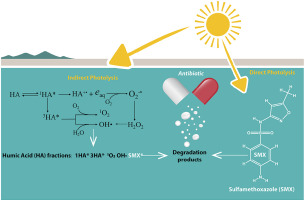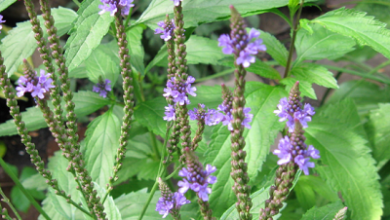How often and how to water my bromeliads?
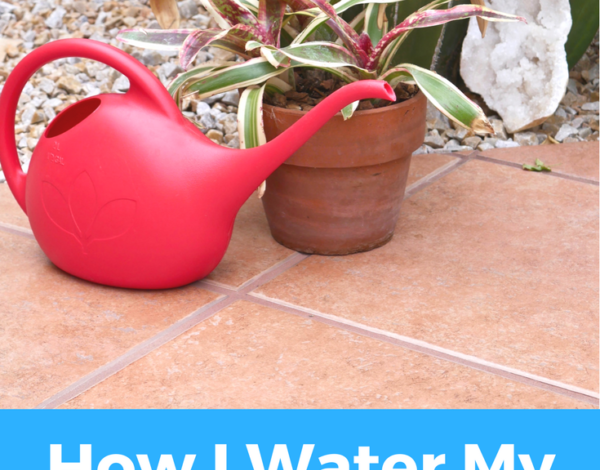
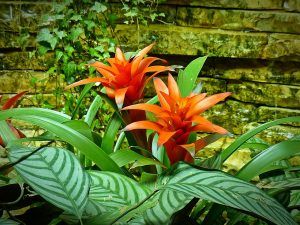 For spectacular decoration, both indoors and outdoors, bromeliads are ready to proudly fulfill their role.
For spectacular decoration, both indoors and outdoors, bromeliads are ready to proudly fulfill their role.
They are one of the most robust species that we can find in planting issues and, at the same time, more subtle when they give away those beautiful flowers.
Know in detail each of its care: lighting, fertilizer, type of substrate and, of course, how to apply the irrigation of bromeliads.
Not sure how to do it? Don’t let misinformation paralyze you, here you have everything you need, with semicolons, to apply now.
Important points when watering bromeliads:
- Irrigation frequency: once a week is recommended, increasing the frequency on the hottest days where spraying for the leaves will also be included.
- Irrigation method: direct irrigation at the roots or application of water through the calyx that the plant itself has for this purpose. Leaf sprays are included in irrigation.
- Optimum time of day for irrigation: during the mornings or evenings.
- Identify excess water: brown spots on leaves and flowers with subsequent rotting of the plant.
- Identify lack of water: dry and wrinkled leaves.
What watering needs do bromeliads have?
Humidity and bromeliads are like two members of the same family: they need to be closely linked. For this reason, it is essential that from the very moment of sowing, the land in which you have arranged them is moist and stays that way throughout the cycle.
In the case of the environment, the humidity factor is also important and you can obtain this by placing a plate of water under the pot. Thanks to evaporation, the water will change to a gaseous state, providing the necessary humidity to the environment.
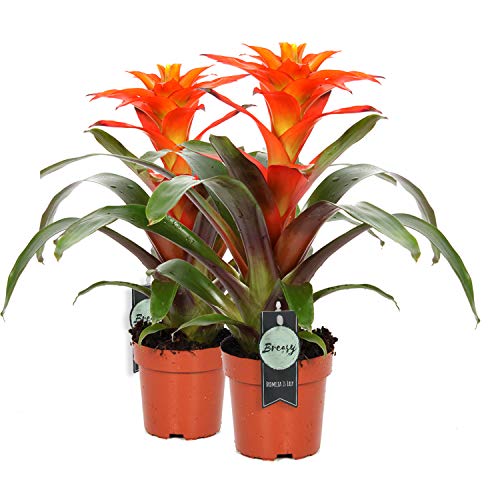
If you are outdoors, spraying is the ideal strategy if the environment is very dry. In general, for tropical -style climates, the bromeliad is capable of obtaining the necessary humidity on its own, as if it were in its natural habitat.
How can we detect the lack of irrigation in bromeliads?
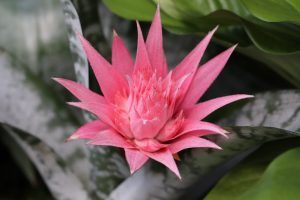 The manifestation that a bromeliad is subjected to a lack of irrigation is evidenced by dry leaves that tend to wrinkle.
The manifestation that a bromeliad is subjected to a lack of irrigation is evidenced by dry leaves that tend to wrinkle.
This is also related to an environment with a high level of dryness, because even if the risks are appropriate, there will not be enough humidity.
Because of this, the leaves will look dehydrated because it is not only kept in good condition with the water it gets from the roots.
How often should we water bromeliads?
Bromeliads are demanding that the land in which they are planted has enough moisture and timely watering will help. The most appropriate thing is to establish the frequency at once a week, increasing them depending on the time of year in question.
As they also demand moisture in the environment, spraying the leaves will be a welcome gift, especially on hot summer days.
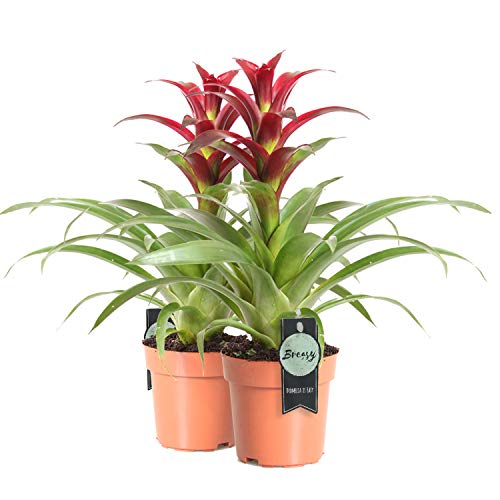
Now, it is not convenient for you to flood in any way, so take into account the environmental factors of the environment and if you notice that the soil still looks wet, it is better to skip watering.
What is the best way to water bromeliads?
Bromeliads can be irrigated using the direct drip system at the roots.
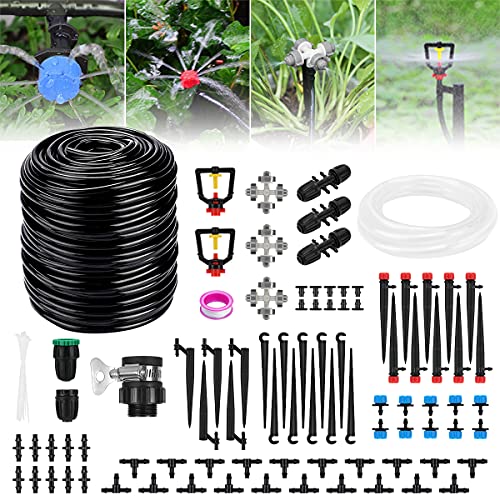
You can complement this later with sprays on the leaves on the hottest days.
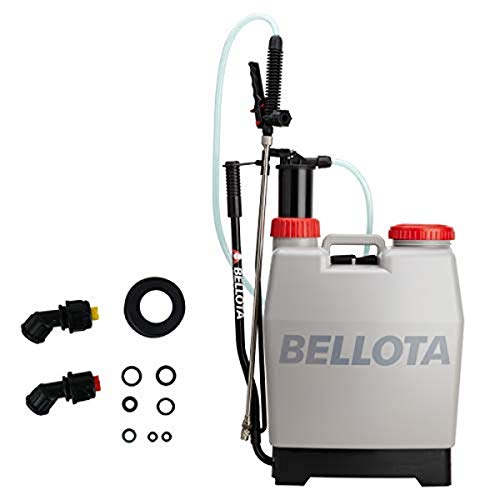
But the most recommended and most widespread method is to place the water directly in the calyx of the leaves, from where they can take what they need. It is important that you always check the state of the water and that you change it frequently, if it does not consume all of it, to avoid rotting.
Keep in mind that, as in any other case, stagnant water can be an ideal place for the development of diseases. In fact, if at any time you notice that the leaves begin to look sticky, it is probably a fungus that is affecting it.
How do we detect excess water in bromeliads?
The excess of watering is manifested at first with leaves that are filled with brown spots and that can also reach the flower. An important fact to know about this species is that it has a part known as a water rosette.
In this, bromeliads take advantage of storing just the right amount of water when they are in their natural environment, but indoors it can be excessive.
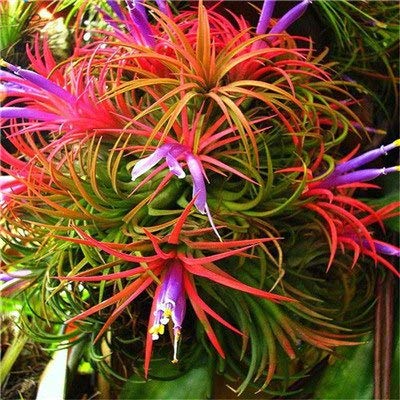
If this is the case, you have to empty this rosette and wait until the land where it is planted looks dry before proceeding with a new irrigation. Bromeliads have a short lifespan compared to other species, which further increases the importance of keeping it well cared for to enjoy it to the fullest.
- Guide to Take Care of your Bromeliads Step by Step
Advertisements

![Photo of Cabbage Fly (Phorbia brassicae): [Characteristics, Detection, Effects and Treatment]](https://www.complete-gardening.com/wp-content/uploads/2022/08/cabbage-fly-phorbia-brassicae-characteristics-detection-effects-and-treatment-390x220.jpg)
![Photo of How to Fertilize Avocados: [Methods, Dates and Components to Use]](https://www.complete-gardening.com/wp-content/uploads/2022/08/how-to-fertilize-avocados-methods-dates-and-components-to-use-390x220.jpg)
